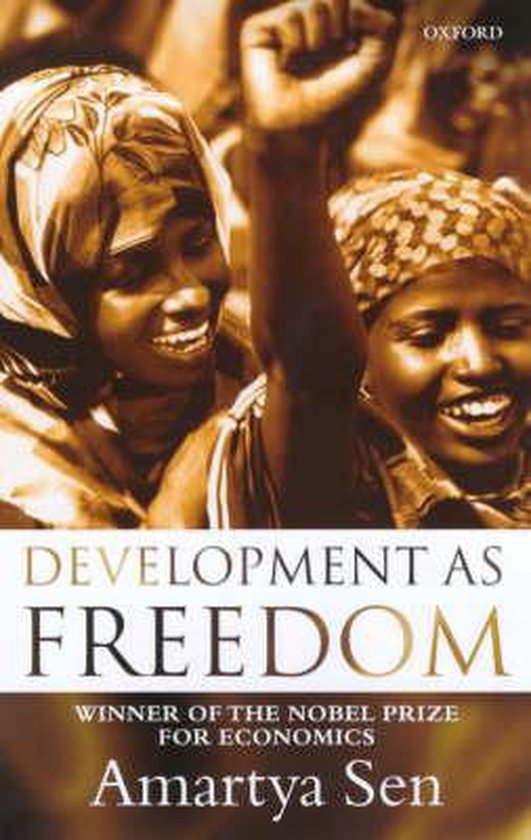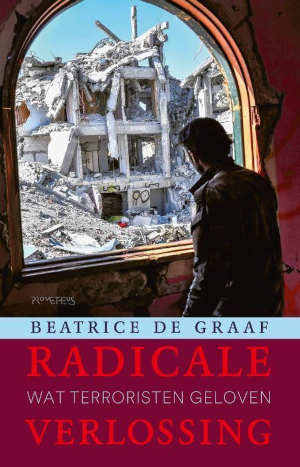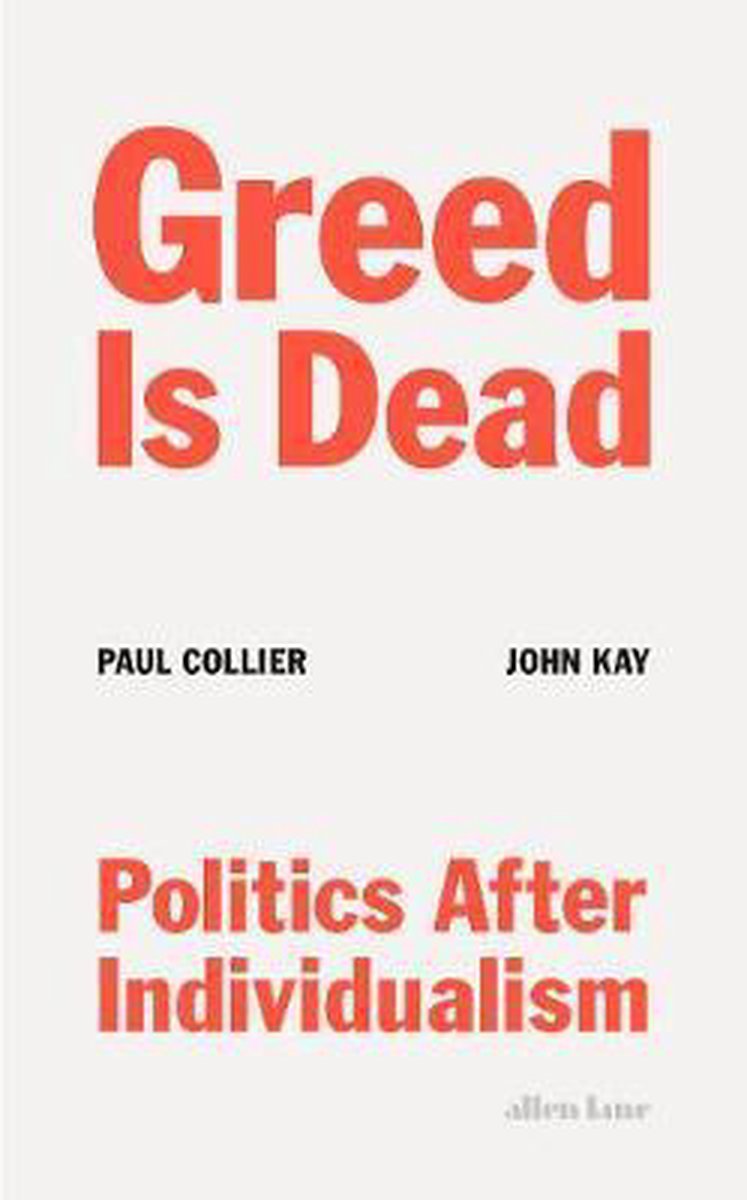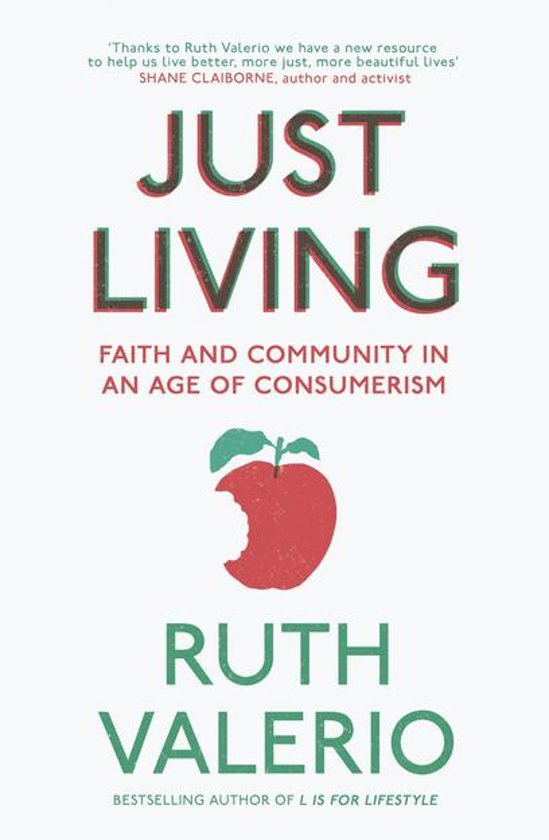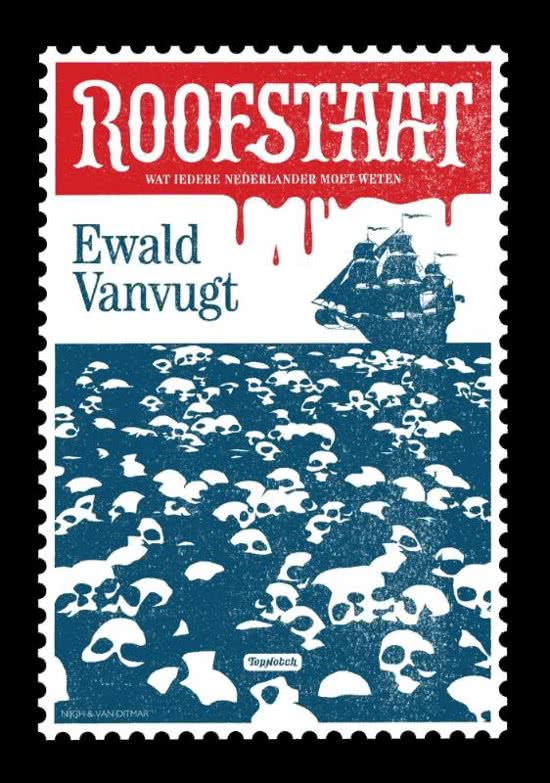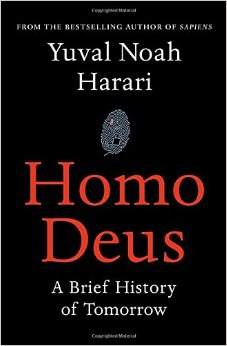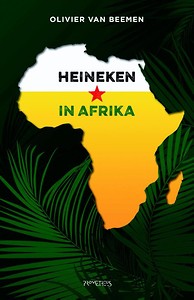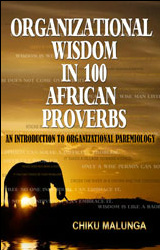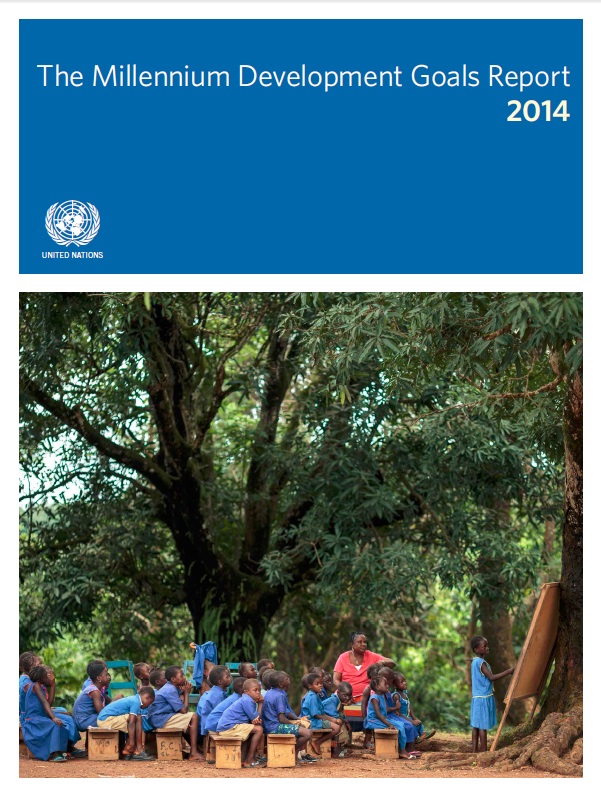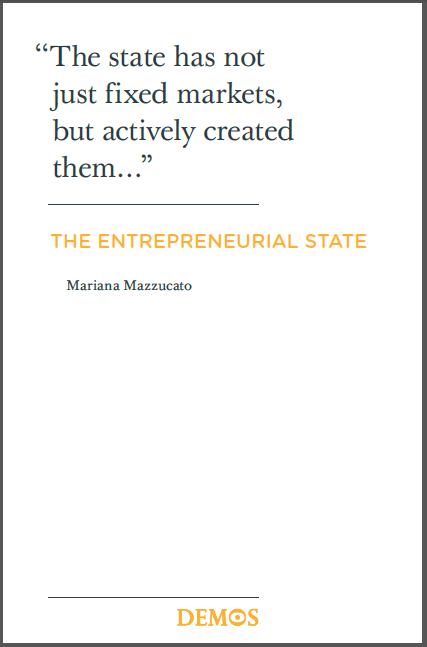|
Long distance running, for years the domain of East Africa. Kenya and Ethiopia competing with each other for victories at world championships and Olympics. This week Almaz Ayana crushed the world record at the 10.000 meter womens final at the Olympics in Rio with 14 seconds in an astonishing run setting the major part of the field on a lap behind. I must say that I feel ashamed of reactions given by my compatriots participating in the race, questioning the cleanness of the win. When asked about the allegations, Ayana smiled. "My doping is my training," she said. "My doping is Jesus". This reminded me of the time we lived in Ethiopia where we witnessed the strength of Ethiopian women walking to church early morning prior to starting their days, spending their time in prayer. However only faith won't do the job as Almaz acknowledged by stating that her doping is her training.
A bit of research on the internet brought me to Bekoji, a small village in Arsi zone in Ethiopia and the birth place of Ayana and also of Dibaba her competitor during the race and many other great Ethiopian athletes. Bekoji, with just over 16.000 inhabitants, already produced 10 gold medals in international competitions. The documentary Town of Runners** point to one men: coach Sentayehu Eshetu. His lifelong commitment to his village and to running has paid off. The documentary shows the direct link between hardship (Arsi zone often hit during emergencies, appearing in many humanitarian appeals) resilience building and ultimate victory. The region is also known as an important coffee growing area, a cash-crop that could provide for good income should seasonal rains follow their normal pattern. However, El Nino has also affected Arsi zone and more and more people had to diversify their livelihoods, with very few alternatives at hand. In that perspective the enormous drive for running of Bekoji can also be considered an important coping strategy to deal with hardship and impact of climate change. Running though an individual discipline gets a communal translation in the Ethiopian reality, which is also witnessed by the warm togetherness of the athletes after the race. It exemplifies to the world and to Ethiopia itself as well that sticking together is the best option in the face of hardship or competition over scarce resources, showing that a strong community is an important stepping stone in resilience building. Today causes me to compare the Ethiopian athletes with my compatriots competing in a number of disciplines. The enormous support infrastructure available not necessarily translates in an equal amount of golden medals (though being a small country with just over 16 million people). *) http://www.espn.com/espnw/voices/article/17286920/ethiopian-runner-almaz-ayana-stuns-olympic-crowd-10000-meter-world-record **) http://www.townofrunners.com/
0 Comments
Your comment will be posted after it is approved.
Leave a Reply. |
About meMy name is Reinier van Hoffen. U®Reading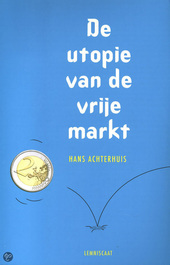
Click here for a summary.
Also find the text of a lecture Dr. Achterhuis held at the 2012 Bilderberg conference. Archives
August 2022
|
AddressNachtegaallaan 26
Ede, the Netherlands |
Telephone+31 (0)6 1429 1569
|
|

 RSS Feed
RSS Feed

